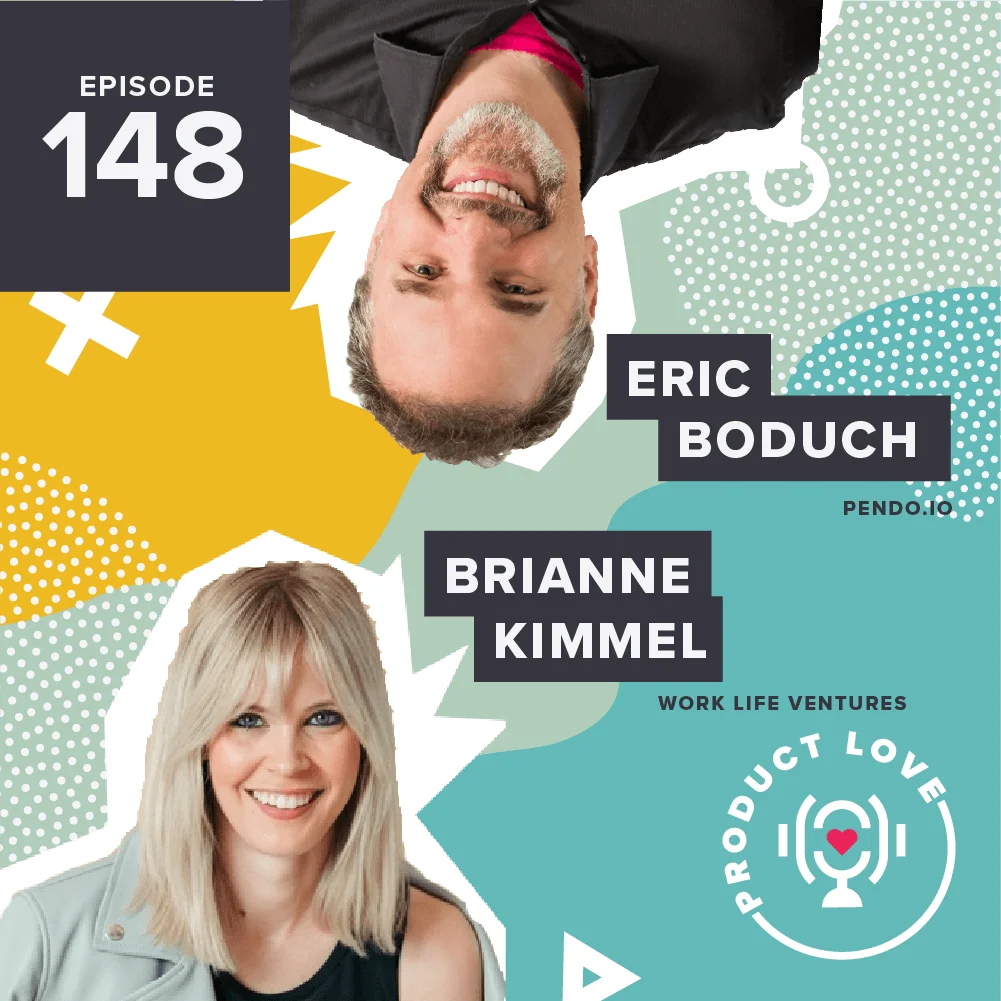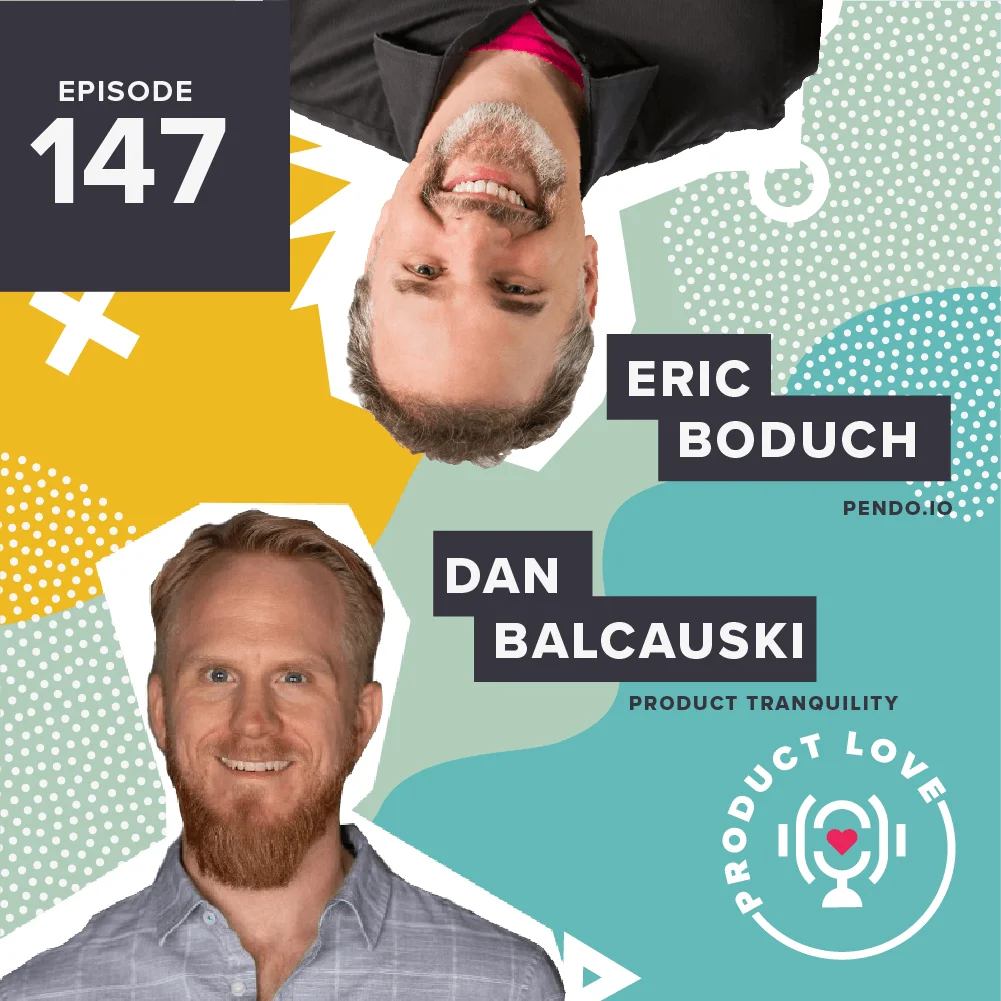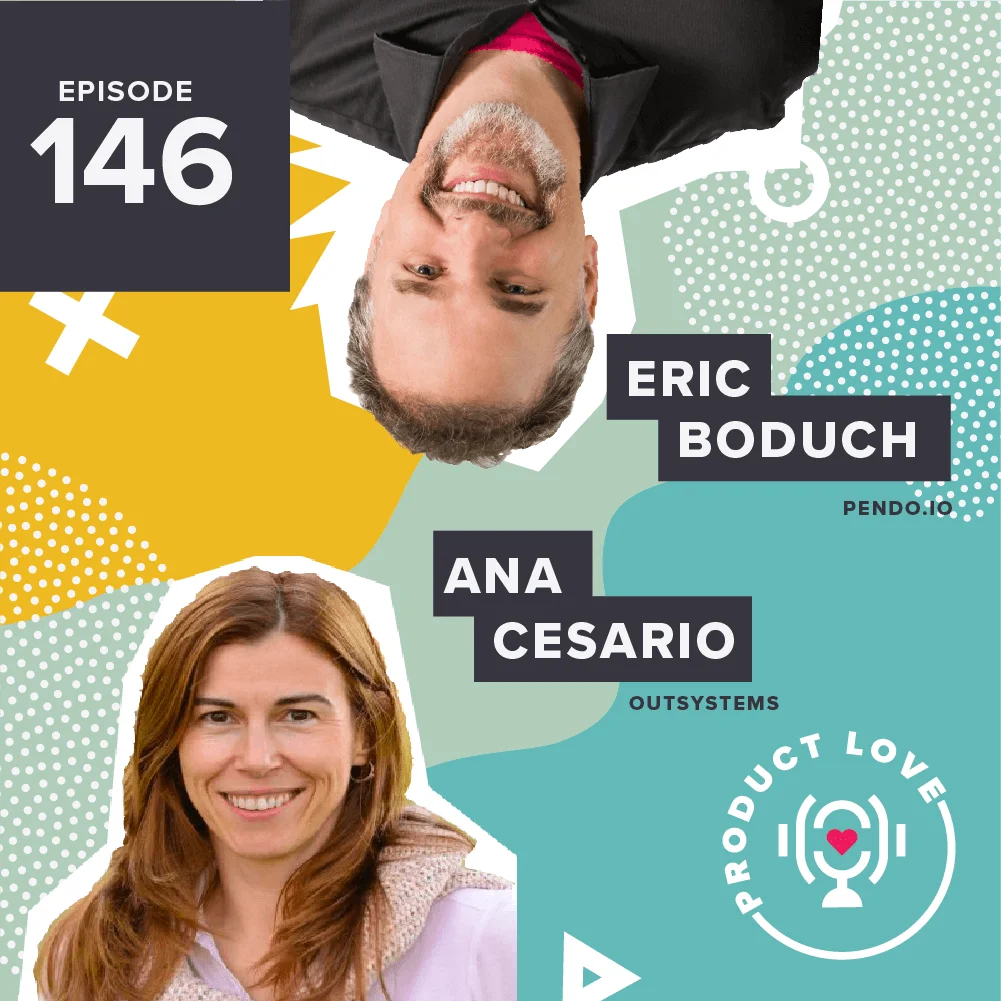While Oji and I joked a lot about the enigmatic 10x product manager meme on Twitter, he said that the role has gotten a bit mysterious. While it’s definitely a rising role in tech, it has also changed dramatically since his time as a product manager at Microsoft. The craft of product management, he believes, now accommodates new players and environments. Now that so many industries beyond B2B tech need product managers, what does the role look like? What do product managers in other fields do?
We also discussed the human side of software and how to optimize customer calls.
The Human Side of Software
According to Oji, the biggest challenge in building software isn’t the complicated code, the technical infrastructure, or the tough business problem — it’s the people. Products are made by people, for people, so this makes sense.
That’s why product managers need to master the human side of software. Product managers are no longer expected to master code or have extensive domain expertise. Instead, they need to have great people skills. Oji recommends product managers be more intentional about building relationships with the influencers within their organization.
It’s even more important to build relationships with people who are skeptical about your product or team. Oji isn’t shy about having difficult conversations and says no product leader should be. Alignment is crucial to building a good product, so any disconnect is worth escalating.
Customer Conversations and Workflows
Oji’s team at Calendly constantly takes customer calls. He believes product teams should constantly be reminded that these calls are valuable More importantly, they need to see perpetually see that value. Most product teams assume that if they do customer calls for a quarter or so, they’ll know everything they need to know. In reality, customer conversations should be continuous.
Oji is also passionate about asking the right questions and finding the right answers. However, he believes automation can be helpful in certain cases. Calendly automates generic customer calls so that every week, a PM is assigned a customer call. During these calls, he asks:
1) Tell me about a workflow that we’re trying to optimize for you.
2) Tell me about a workflow that preceded that.
3) Now that we fulfilled all your hopes and dreams, what does your workflow look like?
It helps them build better products and prepare for the future.
Want to learn what qualities make a 10x product manager or hear more about virality and product-led growth? Listen to the episode above.




